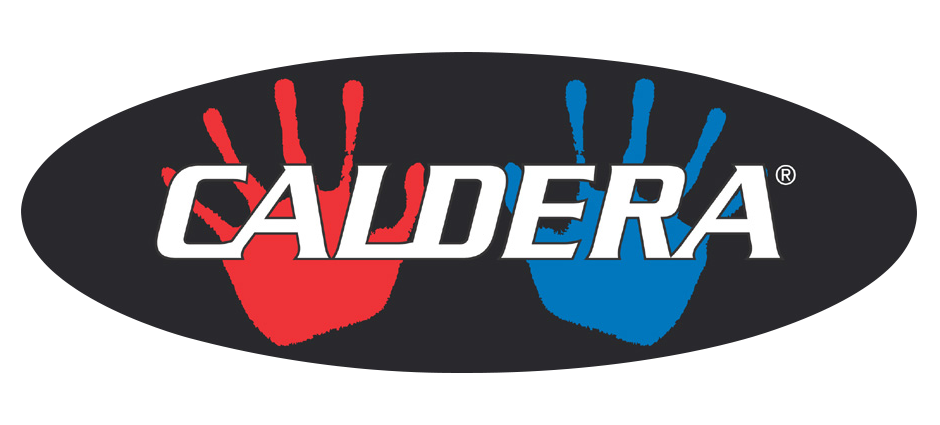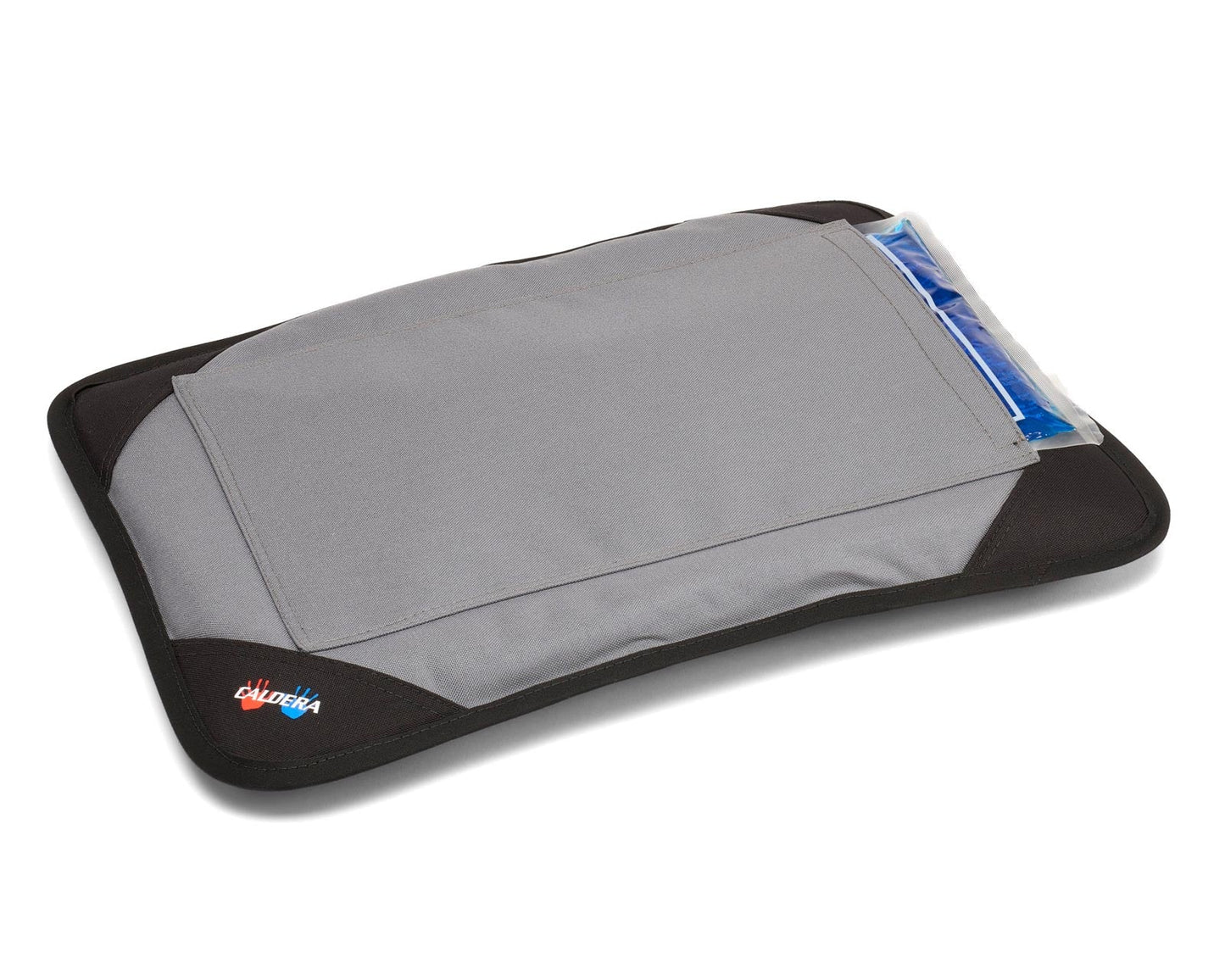Cold therapy gel packs have the ability to activate the body’s natural healing power which can relieve a multitude of symptoms across various medical conditions as well as promote over all health and well-being. The therapy carried out using gel packs is known as Cryotherapy. The value of cold therapy gel packs and wraps allow targeted compression and cold therapy directly to the affected or swollen area. Cold therapy reduces pain by reducing inflammation and swelling, which lets more oxygen flow to cells. When practiced on a regular basis, cold therapy can provide long-lasting changes to the affected area that is lymphatic or swollen and help in enhancing the overall quality of life.

Cold therapy is used in several ways, including gel packs, ice packs, coolant sprays, or instant cold packs or cold water immersions. To treat injuries at home the use of gel packs usually kept in the freezer remains one of the most effective, simple, and time-tested home remedies to manage pain and swelling.
How Does Cold Therapy Work?
When you sustain an injury, it will often result in inflammation, swelling, and pain at the site. In an acute situation, it is helpful to apply a cold pack to the affected area which works to reduce blood flow and significantly reduce any inflammation and swelling that may occur. Utilizing cold therapy in this way can be helpful to take pain and discomfort out of the equation. Apply a cold pack to the affected area as soon as possible and continue until the swelling has subsided. This can take at least 72 hours and can then be followed by heat therapy. Heat will help blood flow freely again once the inflammation and swelling have been reduced.
Though the concept of cold therapy may sound like a strange concept to slow the blood flow down then the use of heat therapy only to speed it up again soon after. Cold and heat therapy are routinely recommended after acute injury or following surgery to alleviate pain, reduce swelling and speed functional recovery. It truly is one of the simplest, safest, and most effective self-care techniques for injury, pain, or discomfort in muscles and joints.
Why is Cold Therapy Best for Injuries?
From homemade ice packs to cold therapy gel packs, there are endless possibilities to treat an injury or for pain management. With all the ice bags and reusable cold therapy substitutes out there, therapy gel packs are the easiest to use even for athletes, which is why it is so effective. All you have to do is put the therapy gel pack in the freezer and apply it on the affected area. You can confirm it to the injured area with a cover and secure it down with a compression strap.
After a workout, your body needs to “repair” itself to prepare for the next training session. It does so with the help of blood vessels that bring oxygen to your muscle tissue while removing waste products of exercise — the most common being lactic acid. Too much lactic acid build-up can cause your muscles to function poorly and will often lead to fatigue. Cold therapy will immediately reduce swelling while flushing lactic acid out of your body. Applying cold or using instant cold packs can be a very productive training tool for all levels of activity. Just remember to always put a barrier in between to protect against frostbite.
Moreover, to treat any kind of injury you can use a cold therapy gel pack initially at the site of discomfort, pain, or injury. When the injury starts to heal you can also apply ice in the later stages for the rehabilitation of injuries or chronic (long-term) problems.
Initial Injury and Cold Therapy
When a person is in the initial stage of injury, the tissue damage can cause uncontrolled swelling. If not treated immediately, the swelling can increase the damage of the injury which might turn chronic or can add several delays in the healing time. The use of cold therapy immediately will reduce the amount of swelling and decreases blood flow to the area, shows down tissue damage, blood clot formation, inflammation, muscle spasm, and reduction in pain. At the same time, applying cold to the area will also enhance the flow of nutrients into the area, aids in the removal of metabodies while increasing strength and promoting healing.
How to Prevent Injury While Using Cold Therapy?
Though putting ice directly on the skin can ease pain and give relief, it can also damage your skin if not protected. To prevent any kind of injuries it is best to wrap the cold object in a thin towel or when you buy online it does come with a cover to protect your skin from the direct cold, especially if you are using therapy gel packs directly from the freezer.
Tip: Apply gel pack for about 10 to 20 minutes several times a day. Follow the “RICE” therapy which refers to Rest, Ice, Compression, and Elevate. Check your skin often for sensation while using the therapy packs.
Doing all this can help prevent your injury from progressing and promote healing. This will ensure you are not damaging any tissue.
Here is the RICE approach that needs to be combined with cold therapy:
Rest
Take a break from all the activities that can make your pain worse or ache even after rest following the activity. Ideally, it is best to lie down in a comfortable position without moving the affected area.
Ice
Ice the injured area with a gel pack for about 20-30 minutes at the interval of 2 hours which will help to control swelling and pain around the area. This will also help to stabilize the area so that you do not further injure yourself.
Compression
Compression can be added slightly with a band or elasticated wrap which can help minimize swelling. If after compression you feel numbness or color change to the extremities most likely the area is restricting blood flow. Therefore, loosen or remove it.
Elevate
Put your feet up, or elevate whatever body part is in pain as long as possible to minimize bleeding and swelling.

